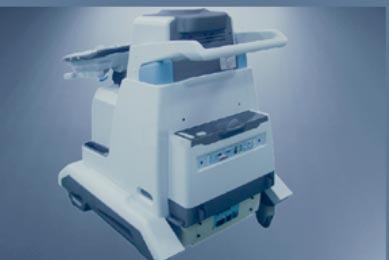How expensive is vacuum casting?
Views: 478 Update date: May 23,2024
The cost of vacuum casting can vary widely depending on several factors, including the complexity of the part, the material used, the size of the production run, and the specific requirements of the project. Here’s a breakdown of the cost components involved in vacuum casting:1. Initial Setup Costs:
Master Pattern: Creating the master pattern, often through 3D printing or CNC machining, can range from $100 to $1,000 or more, depending on complexity and material.Silicone Mold: Making the silicone mold from the master pattern typically costs between $200 to $500. More complex molds or those requiring high detail can be more expensive.
2. Per Part Cost:
Material Costs: The cost of the casting material (usually polyurethane resins) can range from $10 to $100 per part, depending on the type of resin and the part's volume.Labor and Processing: Each casting cycle involves labor and processing time, which can add $20 to $100 or more per part, depending on the complexity and finish required.
3. Volume Discounts:
For small production runs (10-50 parts), the per-part cost is higher due to the significant setup costs being spread over fewer units.For larger runs (50-100 parts or more), the per-part cost decreases as the setup costs are amortized over more units, but vacuum casting is generally not cost-effective for runs exceeding 100 parts, where other methods like injection molding become more economical.
4. Post-Processing Costs:
Additional processes such as painting, coating, or machining can add to the overall cost, typically ranging from $5 to $50 per part.

Typical Cost Estimates:
Prototype or Low Volume Production (1-10 parts): $500 to $2,500Medium Volume Production (10-50 parts): $1,000 to $5,000
Higher Volume Production (50-100 parts): $2,000 to $10,000
Factors Affecting Costs:
Complexity of the Design: More intricate designs with undercuts or fine details require more complex molds, increasing both setup and per-part costs.Material Choice: High-performance or specialty resins cost more than standard resins.
Surface Finish: Requirements for high-quality surface finishes can increase labor costs due to additional finishing steps.
Conclusion:
Vacuum casting is generally considered a cost-effective method for producing small to medium-sized production runs of high-quality prototypes and parts. For small quantities, it offers significant cost savings over injection molding, especially when considering the high upfront cost of injection molds.



